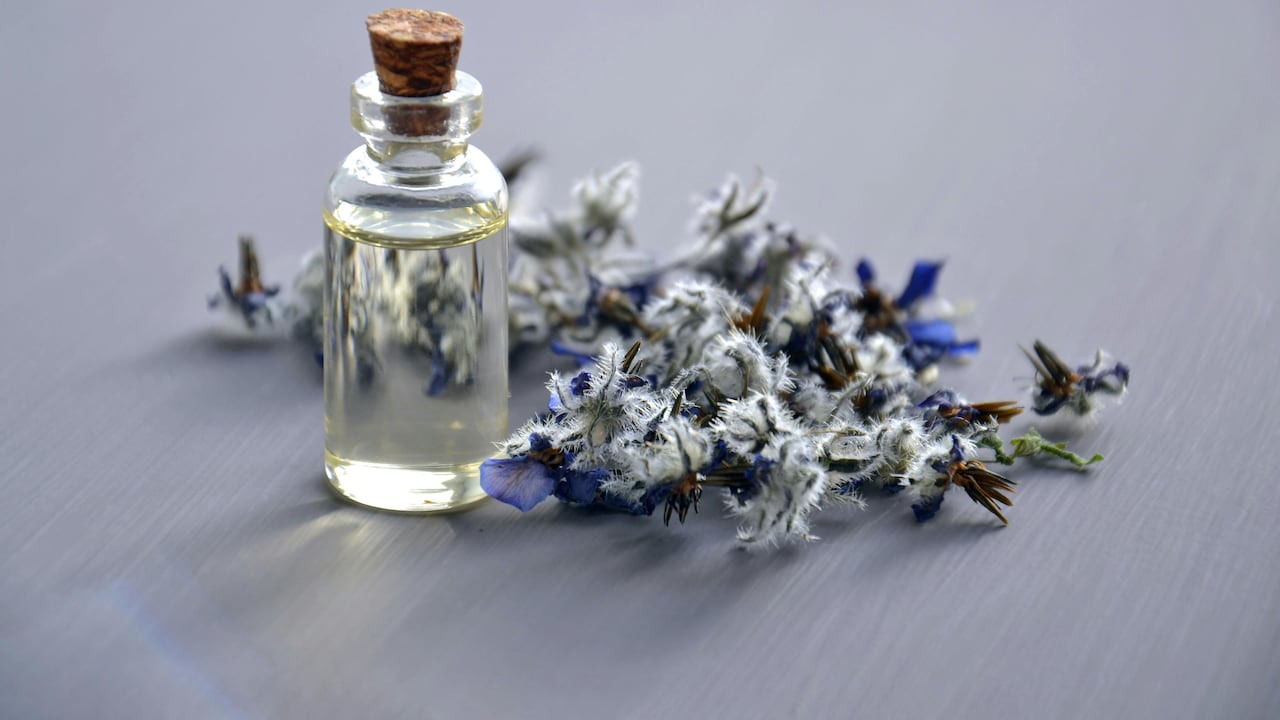How To Use A Garment Steamer To Smooth Heavy Sarees: 7 Easy Hacks That Work
While traditional ironing takes effort and patience, garment steamers are changing the game. This is how to make the most of them, seven clever hacks to keep your sarees looking smooth, crisp and runway-ready without breaking a sweat. Check the top picks from Agaro, Hamilton to Inalsa too.

Explore handy hacks to use a garment steamer on your heavy sarees.
Every household has that one cherished cupboard section, stacked neatly with beautifully folded sarees. From Banarasis to chiffons, these six-yard wonders hold stories, heritage, and emotion. But come wedding season or festive time, there's always one challenge: stubborn creases that refuse to budge. Ironing heavy sarees, especially those woven with zari or thick silk, can feel like a battle. The fear of scorching delicate fabric or losing the shine often leaves people hesitant. Enter the garment steamer, a silent saviour that makes wrinkle removal not only easier but also gentler.
Here's an easy guide loaded with practical hacks and home secrets, so grab some chai, roll up your sleeves, and master smooth, wrinkle-free sarees using your steamer's magic. Also, check the top picks from Agaro, Hamilton to Inalsa.

Here's how to prep your sarees the right way with garment steamers from Agaro, Hamilton to Inalsa.
Photo Credit: Amazon
Master The Steam: Simple Tricks For Effortless Saree Care
1. Hang It High and Let Gravity Help
Gravity is your best friend when it comes to steaming. Instead of spreading the saree flat, hang it on a sturdy hanger or rod so that it falls naturally. This allows wrinkles to relax even before the steamer does its job.
Start from the top pallu and move downward, keeping the fabric stretched gently. The combination of steam and gravity helps smooth out folds efficiently. This method also prevents the fabric from sticking together or forming new creases while steaming.
Pro tip: hang the saree in an open, ventilated area, perhaps near a window or balcony. The steam will disperse faster, leaving the fabric fresh and crisp. Avoid cramped spaces where moisture might linger and dampen the saree.
If you're handling a heavier weave like kanjivaram or paithani, let the saree hang for at least ten minutes before steaming. The weight itself starts loosening the fibres, making the process quicker and easier. It's a simple yet effective hack that saves both time and energy.
2. Use Distilled Water for a Cleaner Steam
A common mistake is filling the steamer with tap water. While convenient, tap water contains minerals that can leave white spots or residue on your saree over time. Using distilled water prevents this issue and keeps your steamer running smoothly.
Hard water can also clog the steam vents, reducing efficiency and even shortening the life of your device. Think of it like caring for a favourite utensil; the cleaner the input, the better the result.
Distilled water ensures consistent, gentle steam without any unwanted streaks or patches. It's particularly useful for dark or glossy sarees, where even tiny marks can show easily.
If distilled water isn't readily available, you can use filtered water as a decent alternative. For frequent use, consider keeping a small bottle of distilled water handy near your wardrobe. It's an inexpensive investment (around ₹40–₹60 per litre) that pays off in the long run.
3. Preheat the Steamer and Test the Steam Flow
Rushing into steaming can lead to uneven results. Always allow your garment steamer to heat properly before use, usually for about 45 seconds to one minute, depending on the model. When the steam starts flowing steadily, you know it's ready.
Before aiming the nozzle at your precious saree, test the steam flow on a cotton cloth or an old dupatta. This ensures that any trapped water droplets are released and don't end up staining your fabric.
A steady, mist-like flow is perfect for delicates such as organza or georgette. For heavier silks, a stronger, continuous steam works best. Adjust the steam settings accordingly if your device allows it.
This small ritual might seem unnecessary, but it prevents surprises; no one wants a patch of excess moisture or uneven wrinkles right in the centre of the pallu. A few seconds of patience lead to professional-level results that make the saree look freshly bought.

Always preheat the steamer before using; Photo Credit: Amazon
4. Move in Vertical Strokes, Not Circles
Many people make the mistake of waving the steamer around like a magic wand. While it may look fun, circular motions don't really help. The right technique is to move the steamer vertically, in long, downward strokes following the natural grain of the fabric.
This method not only aligns the fibres but also prevents new creases from forming. Begin at the top edge and move down, slowly gliding over each section. Use your free hand to gently stretch the fabric, ensuring the steam penetrates deeper.
Avoid pressing the nozzle directly against the saree. Instead, maintain a gap of about two inches. The steam should float into the fabric, not soak it.
A practical tip: divide the saree mentally into sections, pallu, pleats, border, and tackle one at a time. This structured approach makes the task less overwhelming and ensures that no area is missed.
Vertical strokes give your saree that smooth, polished fall, perfect for elegant drapes and crisp pleats that photograph beautifully.
5. Steam from the Reverse Side for Delicate Fabrics
If your saree has zari, sequins, or hand-embroidery, steaming directly on the decorated side can dull the shine or loosen embellishments. Always steam from the reverse side to protect the detailing.
Flip the saree gently, exposing the underside. Run the steamer slowly over the area, allowing the heat to relax the threads without direct contact. This not only preserves the intricate work but also keeps the front side cool and gleaming.
For particularly heavy embroidery, place a clean cotton cloth between the saree and the steamer. The cloth acts as a protective barrier, diffusing the heat evenly.
This method is ideal for festive wear sarees that are often expensive and delicate. Spending a few extra minutes on the reverse side can save thousands in dry-cleaning bills later.
Remember, the goal isn't just wrinkle removal, but preservation. A saree that retains its lustre over years is a true treasure, passed down from one generation to the next.
Also Read: Garment Steaming vs Ironing: Pros, Cons, and Best Practices For Wrinkle-Free Clothes
6. Add a Drop of Essential Oil for a Fresh Finish
Why stop at smooth when your saree can also smell divine? A simple hack is to mix one or two drops of essential oil, lavender, rose, or sandalwood, into the steamer's water tank. As the steam rises, it carries a light fragrance that refreshes the fabric beautifully.
Avoid using too much oil, as it may leave residue or clog the nozzle. A single drop goes a long way.
This trick is especially handy for sarees stored for long periods, where that faint “cupboard smell” tends to linger. The gentle aroma brings the fabric back to life, making it feel freshly laundered.
Bonus: essential oils like eucalyptus or tea tree also have mild antibacterial properties, keeping your saree feeling cleaner.
Imagine draping a saree that not only looks flawless but also smells like a luxury boutique, subtle, elegant, and utterly refreshing. That's the magic of this small, fragrant tweak.

Use your favourite essential oil to make the saree smell good naturally; Photo Credit: Pexels
7. Finish With A Cool Air Pass Or A Quick Fold
Once the saree is wrinkle-free, resist the urge to fold it immediately. Let it rest for five minutes, allowing any residual moisture to evaporate. This ensures that the fabric sets in its smooth form and doesn't develop new creases.
If your steamer comes with a cool-air setting, run it briefly over the fabric. The cool air helps lock the finish, much like a salon hair setting spray, except this one's for your wardrobe.
After cooling, fold the saree gently along its natural pleats. Avoid sharp folds that can create lines later. For extra care, place a thin muslin cloth between layers before storing, it keeps moisture at bay and preserves the sheen.
For sarees you plan to wear soon, drape them on padded hangers instead. They'll stay wrinkle-free, saving you the trouble of another round of steaming.
This final step might seem minor, but it's what separates a good finish from a flawless one.
Products Related To This Article
1. NUUK STROM GO Super Compact and Lightweight Travel Garment Steamer For Clothes
2. PHILIPS Handheld Garment Steamer
3. Hamilton Beach Professional Garment Steamer
4. INALSA Steamer for Ironing Clothes
5. AGARO Signify Handheld Garment Steamer
Steaming heavy sarees doesn't have to be an arm workout or a nervous balancing act over a hot iron board. With a little technique and care, a garment steamer can turn the process into a calm, almost therapeutic ritual.
Each of these hacks, from hanging high and using distilled water to infusing fragrance and cooling down, adds a layer of finesse to your fabric care routine. It's not just about removing wrinkles; it's about respecting the craft woven into every saree.
The next time you pull out that rich kanjivaram or delicate chiffon for a celebration, let your steamer do the heavy lifting. Smooth, fragrant, and graceful, your saree will be ready to steal the spotlight, and you'll look every bit the part without a hint of stress.
Disclaimer: The images used in this article are for illustration purpose only. They may not be an exact representation of the products, categories and brands listed in this article.
























